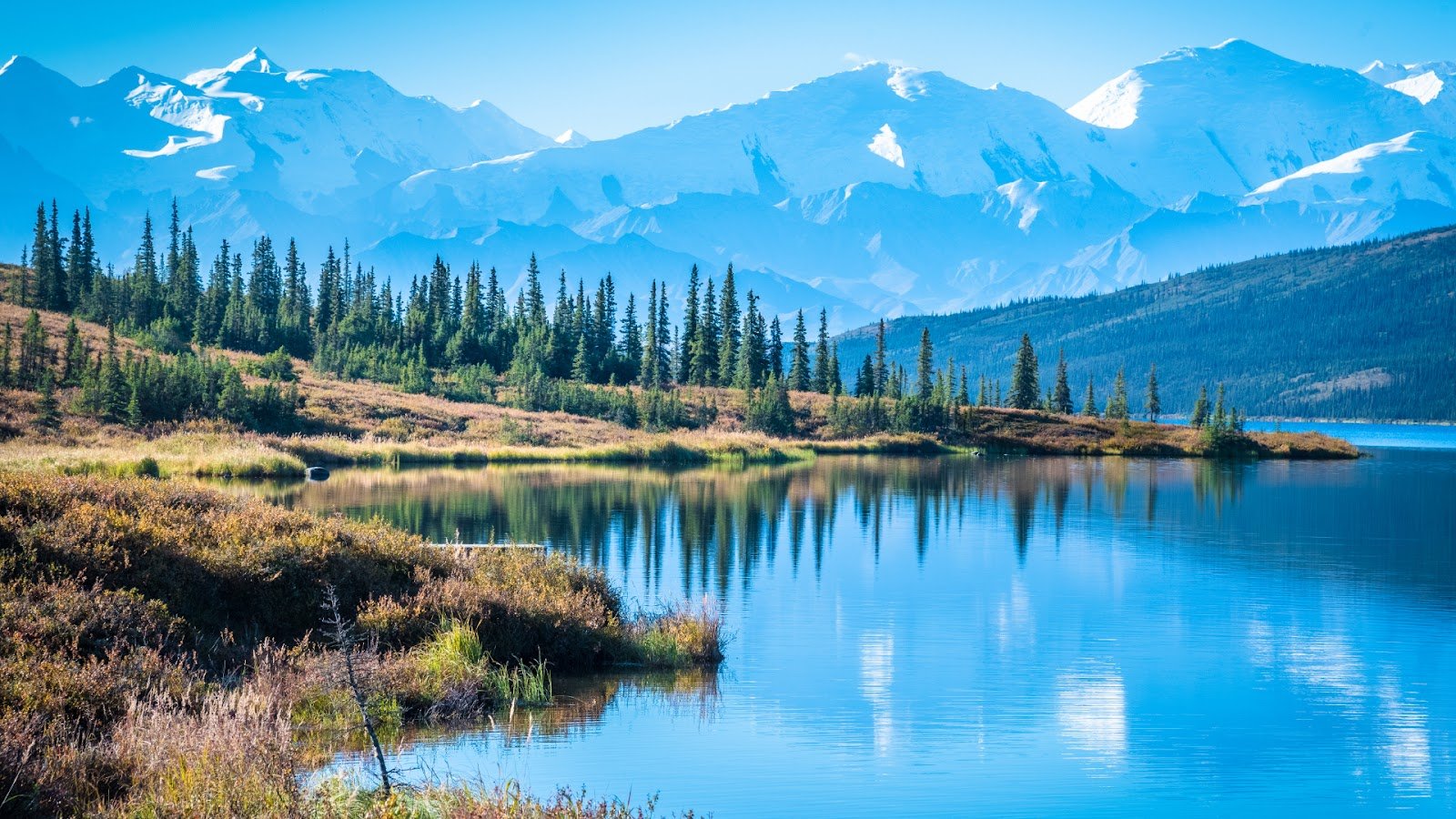
Picture wilderness bigger than some states. Denali National Park covers six million acres of untamed Alaskan land. It ranks among America’s largest parks. Denali, North America’s tallest peak, sits at its center. Clouds often hide it, but seeing it clear is breathtaking. Forget typical park driving. Private cars stop early; go deeper by riding park buses. This system gets you into an amazing country.
Expect wide river valleys, colorful tundra, and wildlife sightings. Grizzlies, moose, caribou – all call this place home. Hiking offers easy trails near the entrance or adventurous cross-country routes. Remember to meet the park’s hardworking sled dogs at their kennels. Sure, visiting Denali takes planning and flexibility. But it pays off with pure adventure you won’t forget. Bring your adventurous spirit to this iconic spot.
Before You Go: Essential Planning & Logistics
Reaching Denali National Park typically starts from Anchorage or Fairbanks. Drive, catch a train, or hop on a bus. Timing is key: aim for June through mid-September for best access.
Outside summer, choices get much more limited. Remember one big rule: private cars can’t go past mile 15 on the park road. To see more, you need to ride park buses. This bus system is your main access point inside Denali.
- Plan ahead: book early.
- Bus tickets: Reserve shuttle or tour buses well before your trip.
- Accommodation: Options include campgrounds or lodges inside park boundaries. You can also find hotels near the entrance or in Healy.
- Campgrounds/Lodges: Grab spots early, especially for places inside the park.
Pack smart with layers, rain gear, and sturdy boots. The weather shifts fast. Include bear spray and proper food containers for safety. Bring food and lots of water – services inside are minimal. Don’t forget binoculars and a camera.
Core Denali Experiences
Riding the Denali Park Road (The Essential Experience)

Seeing most of Denali requires riding park buses. Personal vehicles stop at mile 15. Beyond that, shuttle or tour buses are your ticket in. This journey is a core adventure.
Two main bus types operate:
- Transit Buses: Simple green shuttles. Hop on, hop off at designated spots. More flexibility, less commentary. Good for hikers.
- Narrated Tour Buses: Tan buses with guides sharing park stories and pointing out sights. Fixed schedule, no hopping off except designated rest stops.
Key stops along the road offer amazing views and chances to explore:
- Polychrome Pass: Dramatic, colorful mountains.
- Toklat River: Wide riverbed, frequent wildlife sightings.
- Eielson Visitor Center: Stunning mountain vistas (if clear), exhibits, restrooms.
- Wonder Lake: Iconic reflection ponds near journey’s end.
- Kantishna: Historic area at the road’s terminus.
Patience pays off. Scan open tundra for bears, caribou, moose, or Dall sheep. Enjoy the ride – it’s an experience itself.
Witnessing Denali (The Mountain Itself)
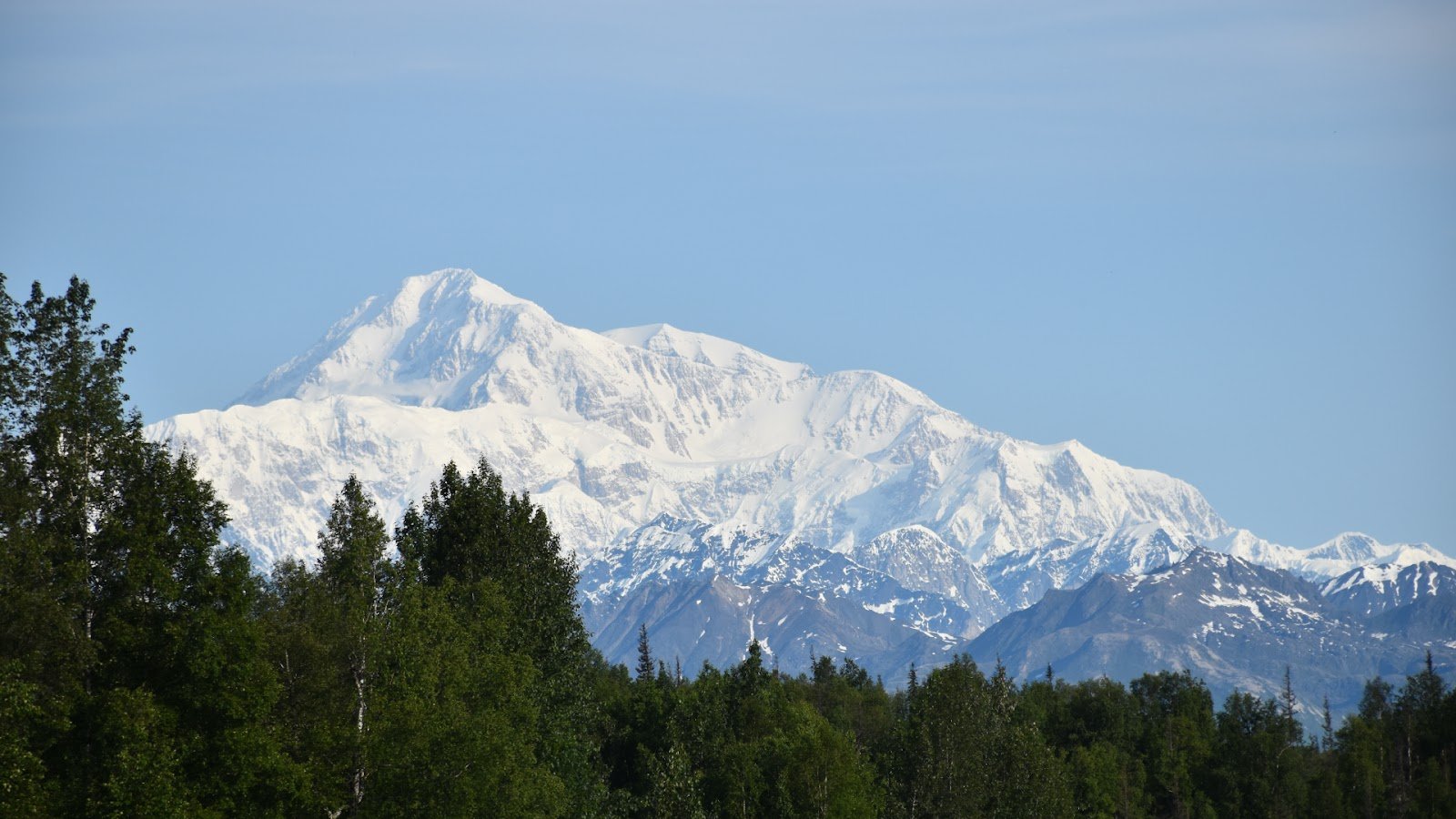
Spotting North America’s tallest peak is a major draw, but be aware: Denali often hides in clouds. Seeing its full view feels like winning a prize.
Don’t worry if it stays covered; the wilderness itself impresses.
When skies cooperate, certain spots give better mountain views:
- Eielson Visitor Center: Mile 66 on the park road. Often considered the prime viewpoint, especially on a clear day.
- Wonder Lake: Near the end of the road. Famous for reflection pond shots of the mountain.
- Reflection Pond: At Wonder Lake, offering that classic mirrored image when calm.
- Stony Hill Overlook: Provides another impressive perspective along the route.
For a truly different view, consider flightseeing:
- Fixed-wing planes: Cover more distance, often include glacier fly-bys.
- Helicopters: Offer maneuverability, sometimes include glacier landings.
These tours are pricey but deliver unforgettable aerial views of the Great One and surrounding peaks.
Hiking & Exploration

Denali offers trails for everyone. Near the park entrance, discover well-marked paths. These work well for families or short walks. Reach nice views quickly, right from the start.
Options include:
- Easy Trails: Savage River Loop, Horseshoe Lake Trail, McKinley Station Trail.
- Moderate/Strenuous: Mt. Healy Overlook (a tough climb with big views near the entrance).
A special Denali experience is hiking off trail. Beyond marked paths, explore open tundra freely. This needs good navigation skills and careful movement to protect fragile plants. Popular starting spots for off-trail hikes are Savage River, Sanctuary River, Teklanika River, Eielson, and Wonder Lake areas.
Join free ranger walks daily in summer. Rangers share knowledge about nearby nature and wildlife. It’s a useful way to learn and explore safely with a guide. Always wear sturdy shoes and watch for bears.
Wildlife Viewing
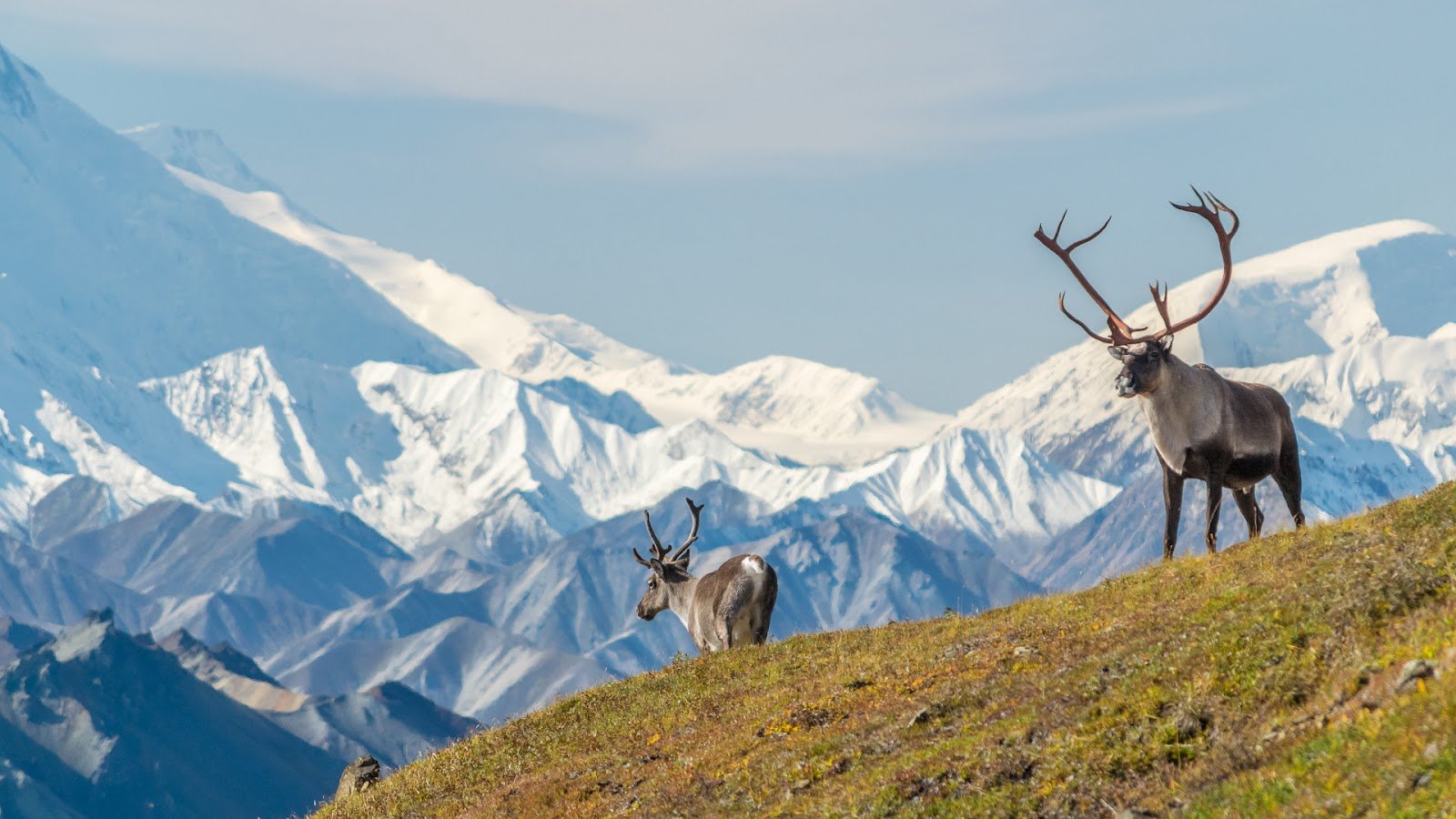
Spotting animals is a big reason people visit Denali’s huge wilderness. Iconic Alaskan species roam free here. Expect possible sightings of grizzly bears, moose, caribou, and Dall sheep.
Keen observers might catch wolves or foxes. Watch for birds of prey soaring above.
Good viewing practices help:
- Bring binoculars: Animals are often far off; optics bring them closer.
- Keep your distance: Always stay far back from wildlife; use a zoom lens.
- Stay quiet & patient: Noise scares animals; sit still and scan areas carefully.
- Respect space: Never approach or feed animals; let them act naturally.
Best viewing often happens in open areas along park road, like wide river valleys and tundra slopes. Bus rides can offer great chances too, as drivers know likely spots.
Remember, sightings aren’t promised – part of the thrill is wild creatures’ unpredictability in their vast home.
Meet the Sled Dogs (Denali’s Working Heroes)
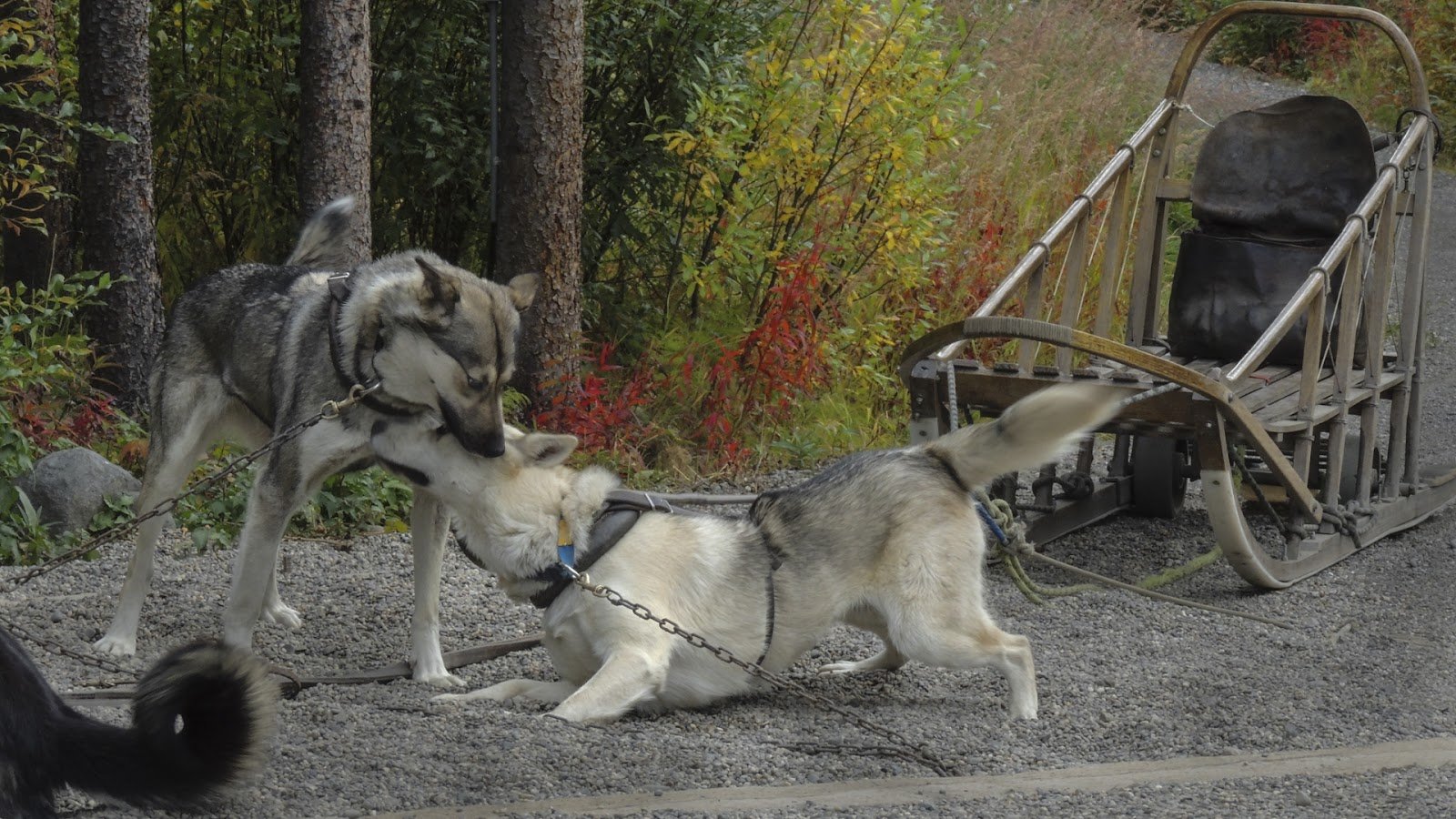
Denali National Park keeps a special tradition going: a working team of Alaskan huskies. These tough dogs do real work. They patrol remote park areas on sleds each winter when snow covers ground. This keeps old ways going.
Visitors can meet these canine rangers:
- Free Demonstrations: Watch sled dogs pull a wheeled rig and hear rangers explain their training, care, and winter work. Check park schedules for daily summer times.
- Kennel Visits: See dogs resting in their houses or interacting with handlers when demonstrations aren’t running. Rangers are often available to answer questions.
- Location: Kennels are situated about 1.5 miles inside the park entrance. Access requires riding a free shuttle bus from Denali Visitor Center; walking isn’t allowed on that road section.
Meeting Denali’s sled dogs gives a neat look into park operations and Alaska’s strong bond with working dogs. It’s a popular activity good for families.
Deeper Adventures (For More Time/Budget)
Whitewater Rafting on the Nenana River
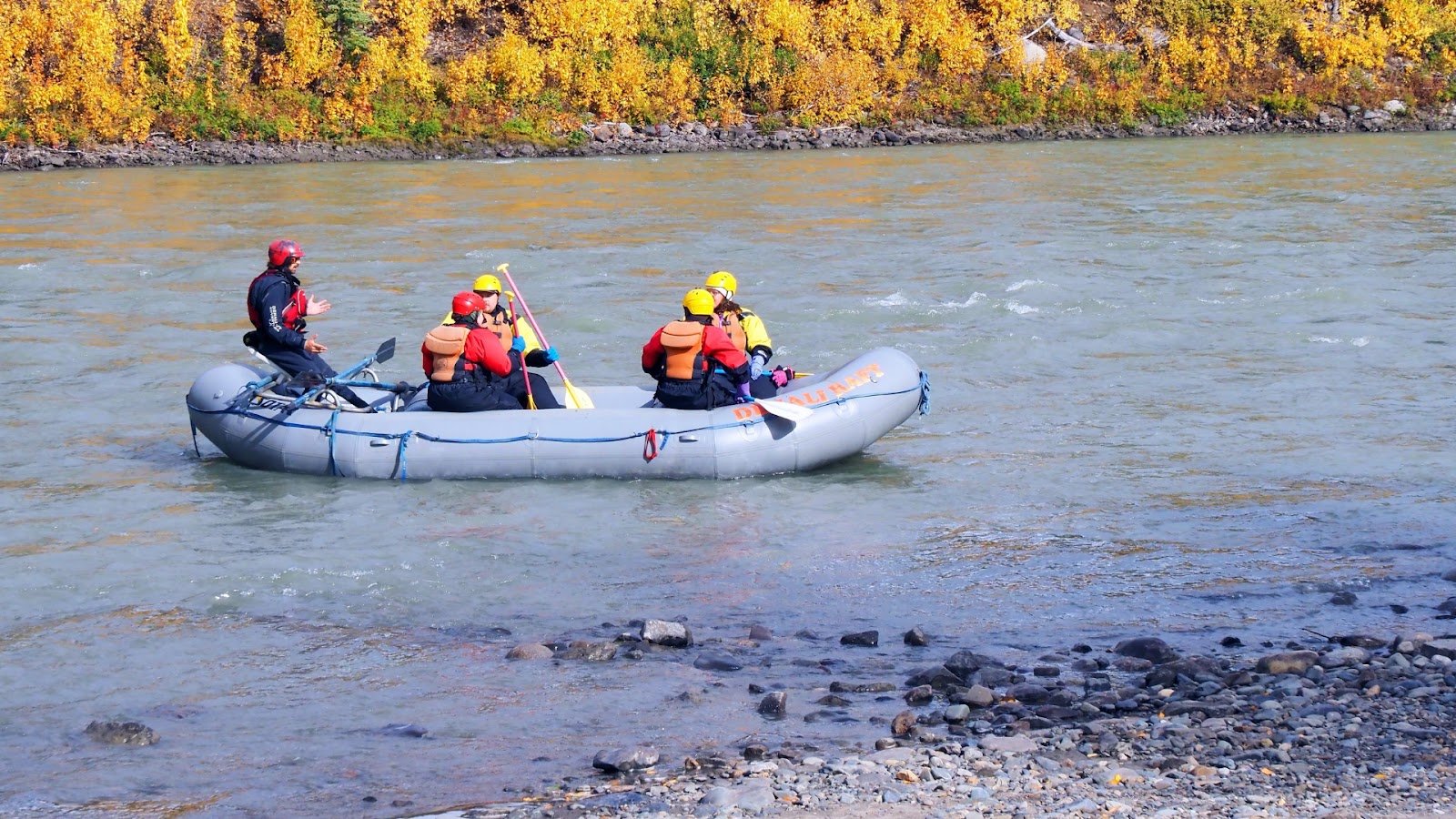
For excitement near Denali’s entrance, try whitewater rafting on Nenana River. Glacial runoff means cold, fast water, offering a thrilling change from park exploration. Private companies outside park boundaries run these trips.
Choose your adventure level:
- Mild Sections: Good for families or scenic floats with smaller rapids. Focus on mountain views and calm water.
- Wild Sections: Feature bigger rapids and intense paddling for thrill-seekers. Expect a real rush and getting wet.
All trips provide gear like rafts, paddles, life jackets, and often dry suits for cold water. Guides handle safety and steering. Book directly with a rafting company; tours start outside the park itself. It’s a popular way to cool down and add wet fun to your Denali trip.
Fishing
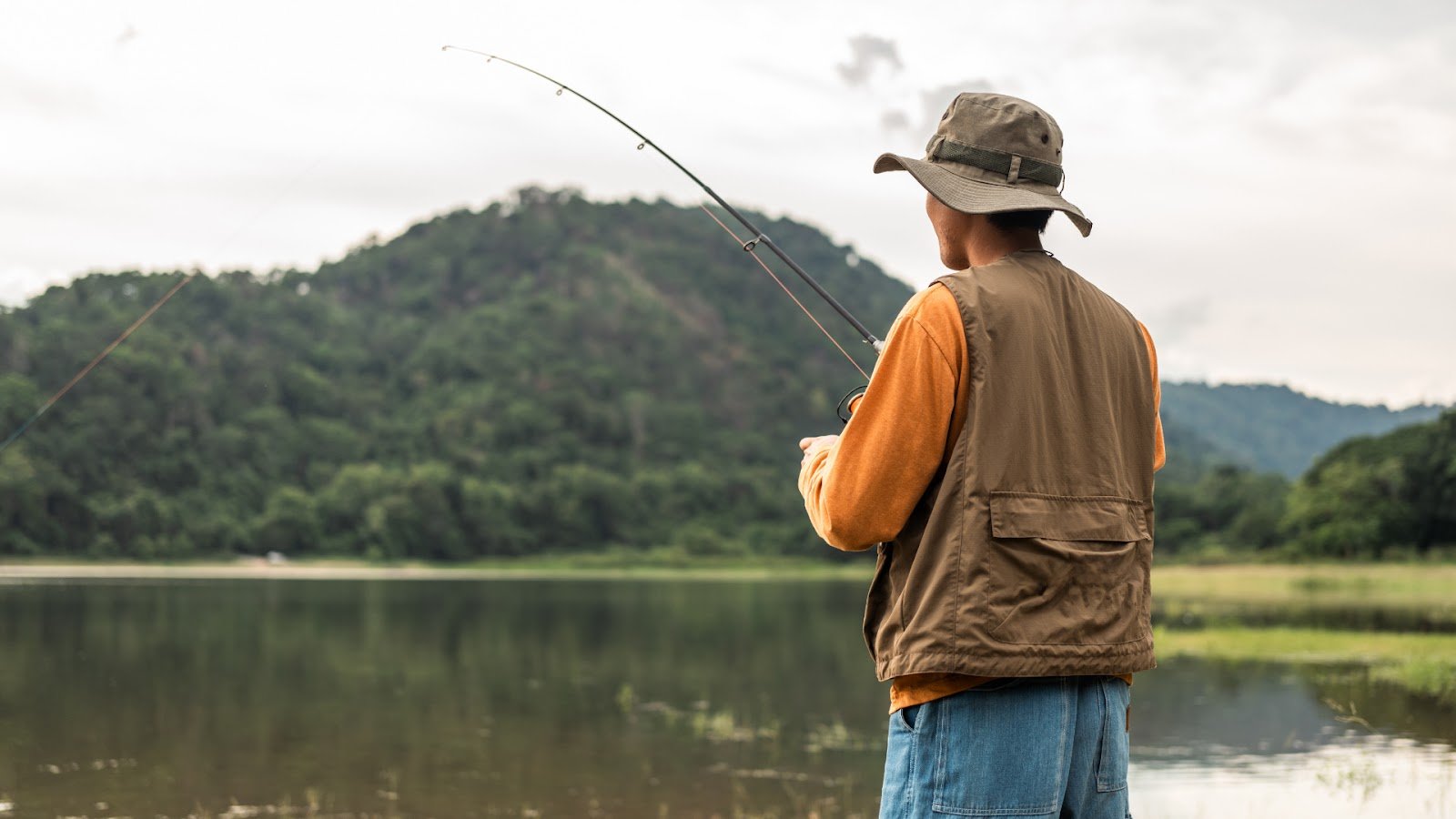
You can fish in Denali National Park, though it’s not the main draw. Streams and lakes hold Arctic grayling, rainbow trout, or salmon. What you find depends on location and season.
Key points before fishing:
- Regulations: Rules are strict. Always check current Alaska Fish & Game rules plus park restrictions. Limits, methods, open areas change.
- License: An Alaska state fishing license is required for anyone 16 or older. Buy online or from vendors ahead of time.
- Access: Many fishing spots need hiking or riding park buses to reach rivers or lakeshores. Roadside fishing near the entrance is minimal.
- Gear & Skill: Often means basic fly-fishing or spinning gear in remote places. Be self-reliant.
Fishing here provides solitude with amazing views. Remember: know and follow all rules exactly.
Staying Overnight Deep in the Park
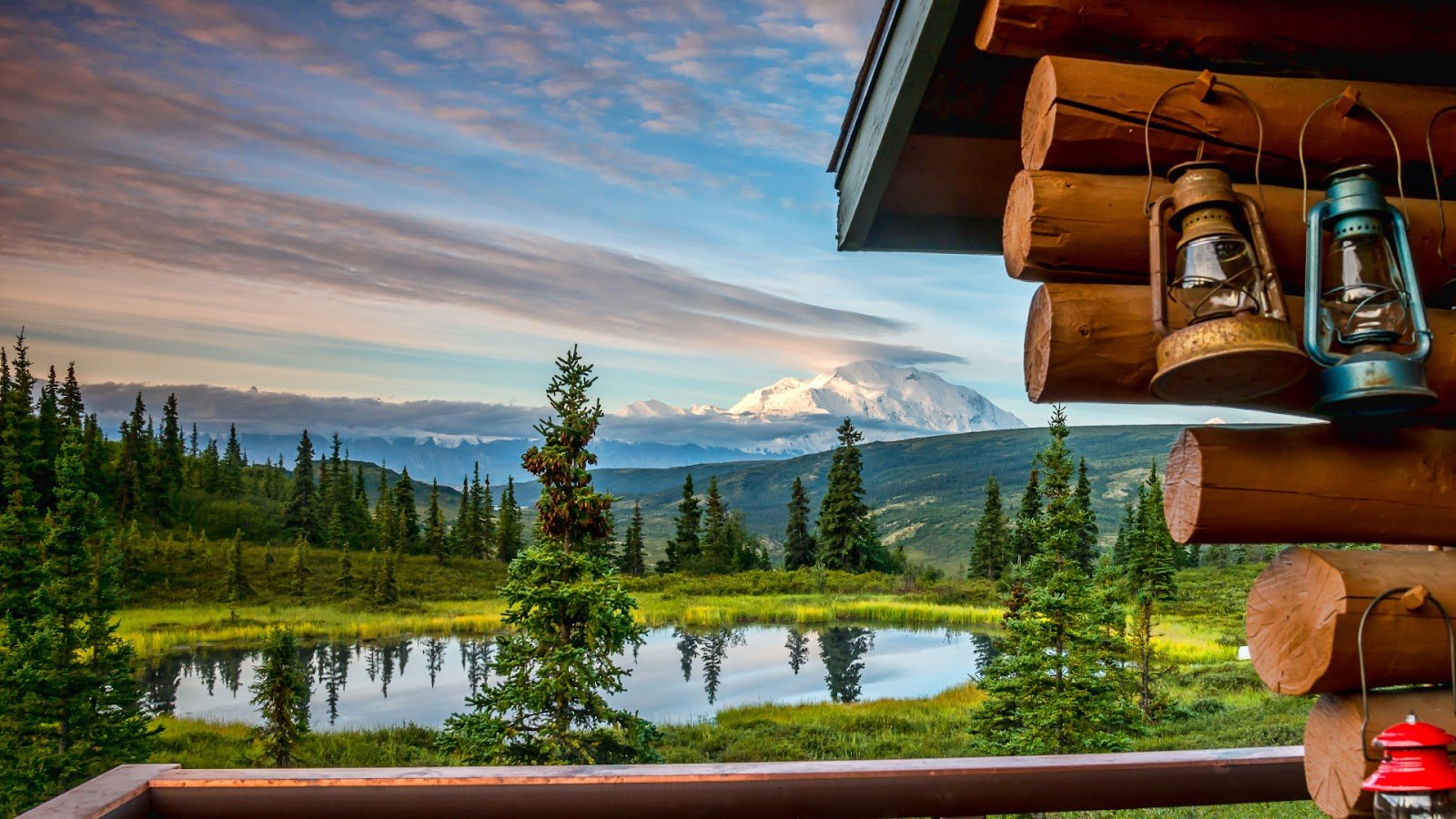
Experience Denali’s heart after park buses stop. Staying overnight deep inside the park is possible, giving real wilderness immersion.
You have two main choices:
- Backcountry Camping: Needs skill and prep. Get a permit at the Backcountry Information Center. Use strict bear safety, carry all gear (including bear-proof food containers), and navigate off-trail terrain. Start points include Sanctuary River, Teklanika River, Igloo Creek, or Wonder Lake.
- Kantishna Lodges: Found near park road end in historic Kantishna area. Places like Denali Backcountry Lodge or Kantishna Roadhouse offer comfy cabins, meals, and guided activities. Access requires a long bus ride or small plane flight. Book way ahead.
Both choices give unique access to remote landscapes and wildlife beyond day-trip hours. Expect quiet solitude and stunning scenery. Remember, deep park stays need major planning and self-reliance.
ATV Tours (Outside the Park)
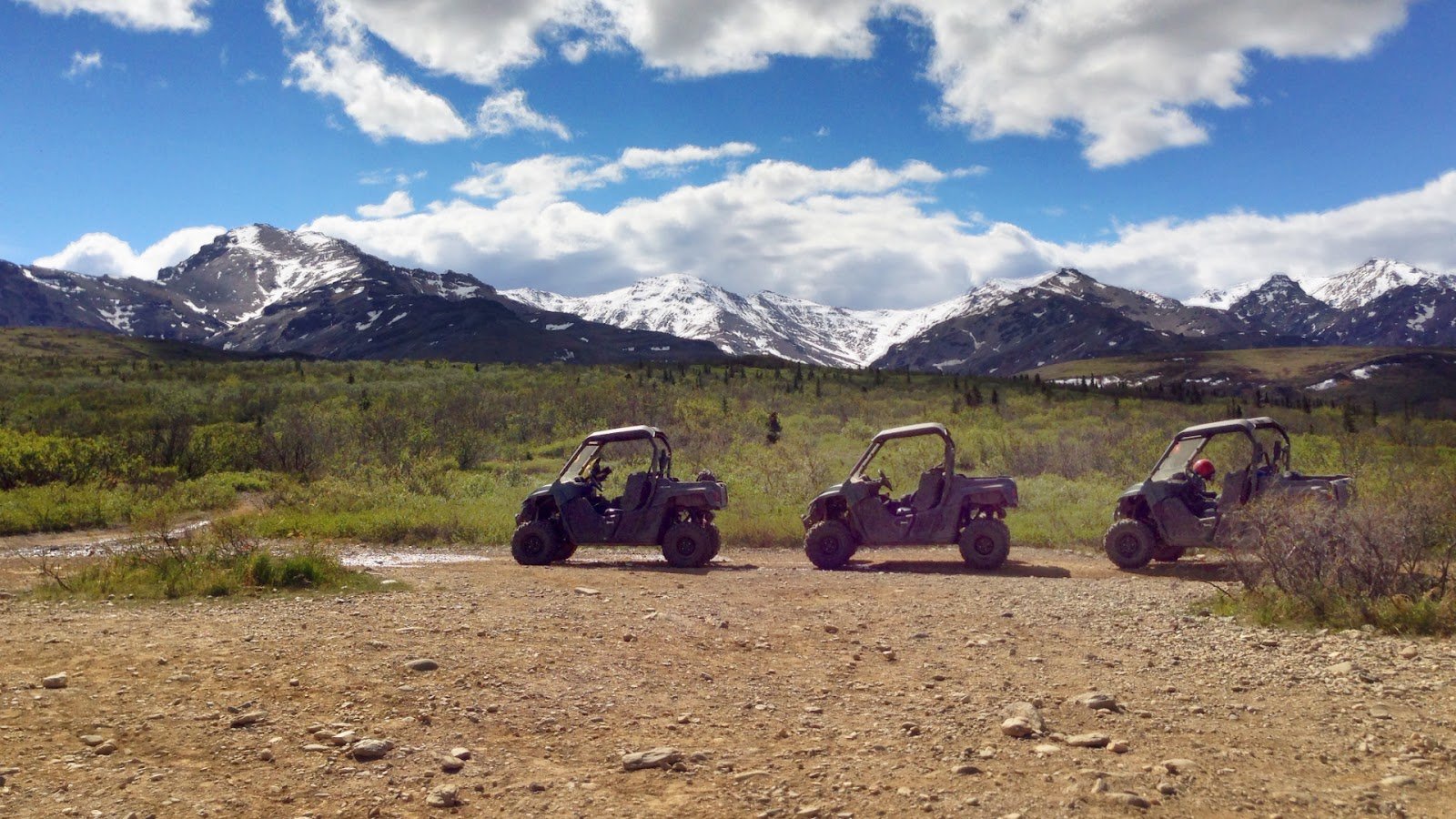
Try an ATV tour for off-road exploration near Denali. These guided trips run just outside park boundaries on private trails near the entrance area. It’s a different way to experience Alaska’s rugged land up close, offering dusty fun and freedom.
Key features:
- Location: Trails are on private lands near park entrance; tours don’t enter national park.
- Terrain: Explore backcountry paths, forest tracks, or old mining routes where regular vehicles can’t go.
- Guided: All tours have experienced guides handling navigation and safety.
- Gear Included: Outfitters provide ATVs, helmets, goggles, and basic instructions. Dress for weather and dirt.
- Booking: Book directly with tour companies near the park entrance.
ATV tours bring excitement with buzzing engines and scenic off-road views. They offer a fun, active option besides bus travel, adding variety to your visit.
Cultural & Historical Connections
Denali Visitor Center
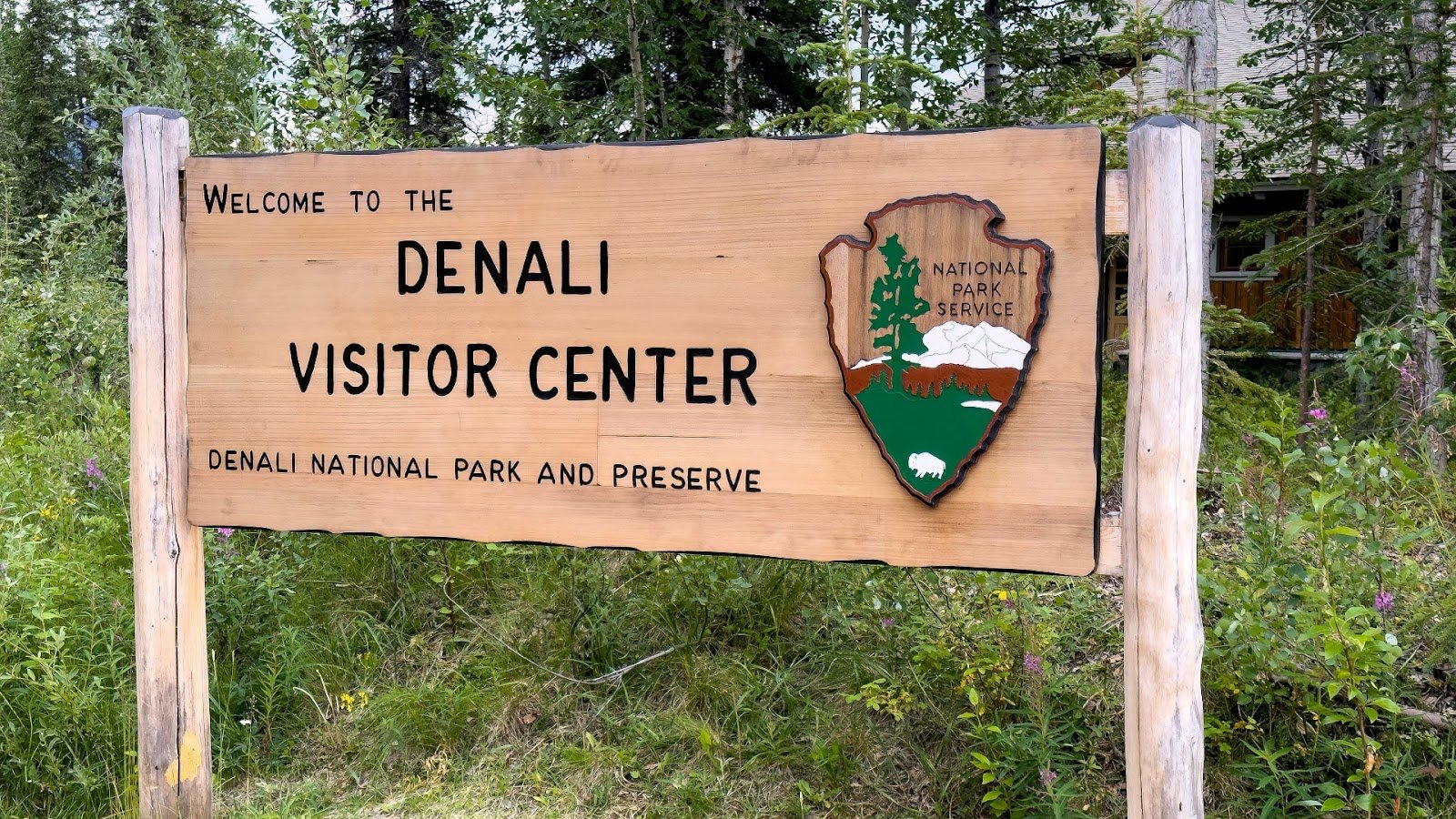
Make Denali Visitor Center your first stop near the park entrance. This central spot helps you get oriented and start your adventure. Helpful rangers give current info and answer questions.
Inside, find:
- Exhibits: Learn about park geology, wildlife, history, and conservation work.
- Orientation Film: Watch a movie giving a good overview of Denali’s landscapes and stories.
- Bookstore & Gift Shop: Buy maps, guides, books, and souvenirs.
- Park Information: Get details on bus schedules, trail conditions, ranger programs, and safety updates.
Use this center to grab maps, confirm plans, and understand current park conditions before going deeper. It’s your main hub for practical details and background knowledge.
Murie Science & Learning Center
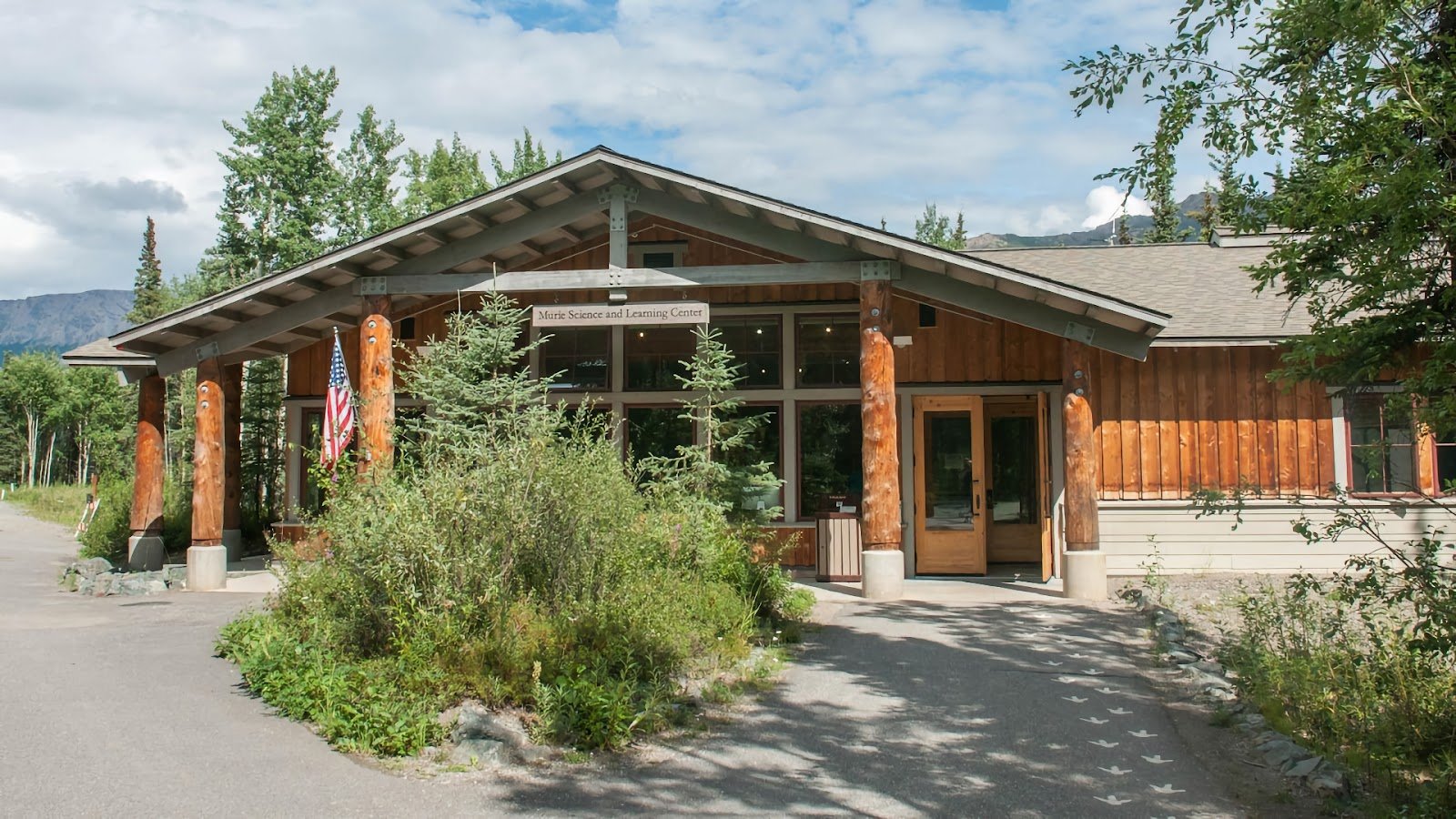
Discover ongoing science at Denali’s Murie Science & Learning Center. This spot sits near the park entrance, focusing on research and studying this ecosystem. It’s typically open during the summer months.
Inside, find:
- Research Focus: Discover current scientific studies happening within the park.
- Interactive Exhibits: Use hands-on displays exploring natural processes, wildlife, and climate effects.
- Ranger Programs: Join talks or activities led by park staff, often sharing new findings.
- Winter Hub: Becomes the main visitor center in winter when the bigger one closes.
While smaller than Denali Visitor Center, Murie explores the ‘why’ behind park landscapes and life. Check schedules for opening times and programs during your visit.
Historic Cabins
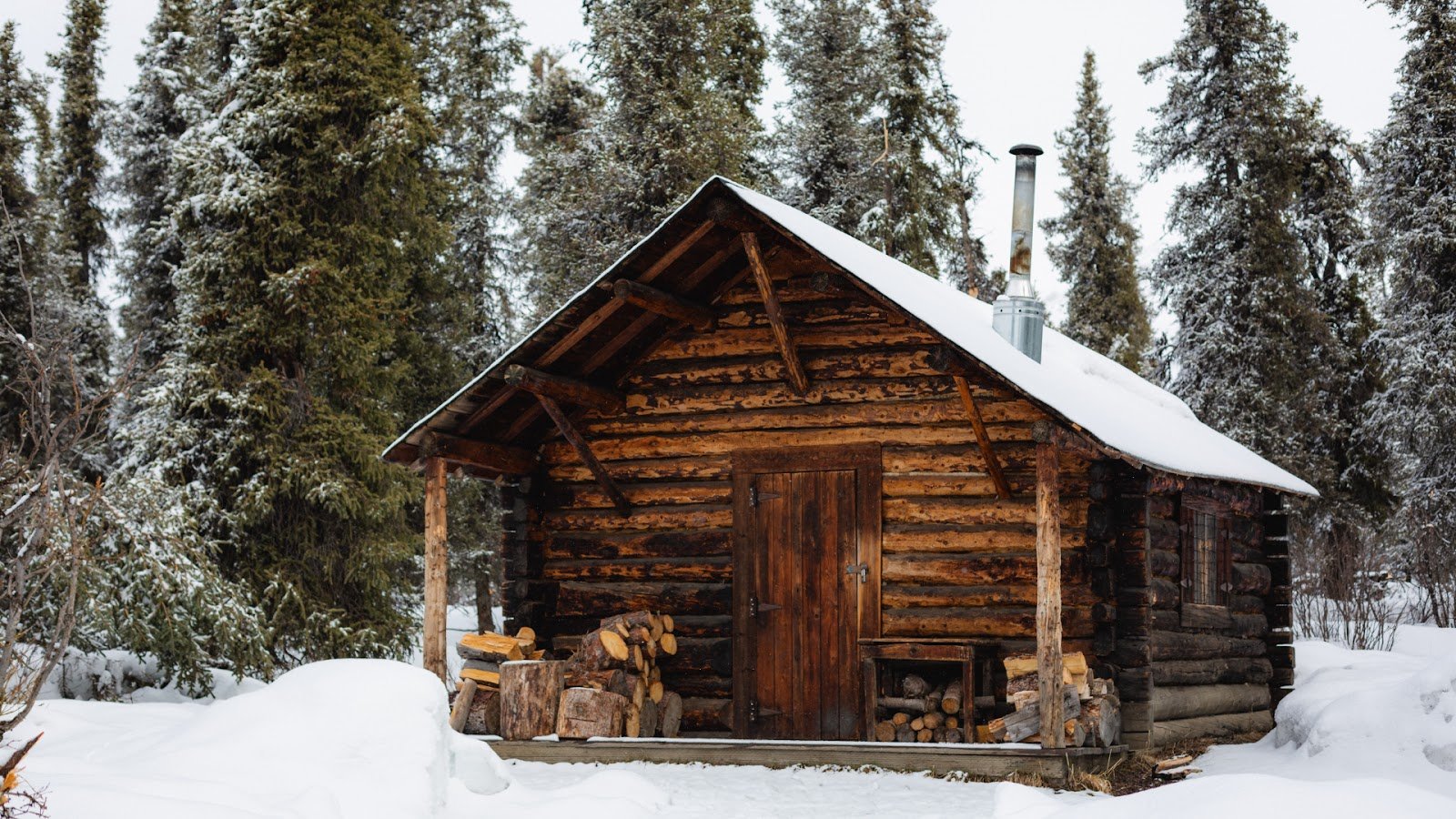
Step back into Denali’s past by visiting historic cabins scattered within park boundaries. These structures offer tangible connections to early park life and exploration.
Two notable examples include:
- Fannie Quigley’s Cabin: Located deep in the Kantishna area near the park road end. Quigley was a famous early 20th-century prospector and homesteader known for resilience. Reaching her cabin requires a long bus ride or overnight stay in Kantishna.
- Savage River Check Station: Found near mile 15 on the park road. This small cabin served rangers monitoring early park access and wildlife. It’s easier to reach, often accessible during a Savage River hike or shuttle stop.
Seeing these cabins provides a quiet glimpse into challenges faced by early Alaskan residents and park guardians. Access varies significantly; Fannie Quigley’s cabin demands much deeper travel into the park interior.
Practical Tips & Responsible Visitation
Visiting Denali requires respect and good prep. Protecting this wilderness is up to everyone. Follow Leave No Trace principles: pack out all trash and food scraps.
Use restrooms or bury waste properly far from water. Hike on durable surfaces like gravel bars off-trail to protect fragile plants.
Wildlife safety is key:
- Bear Spray: Carry and know how to use it.
- Food Storage: Use park-approved containers or lockers; never leave food out.
- Distance & Noise: Stay far from animals; make noise hiking to avoid surprise encounters.
Alaska weather shifts fast. Pack layers, rain gear, and sturdy boots. Services inside the park are minimal; bring plenty of food and water. Bus travel takes time, wildlife sightings aren’t promised. Stay patient and flexible. Appreciate the huge wilderness itself – that’s the real Denali experience.
Conclusion: Embracing the Denali Spirit

Denali National Park offers a wild, memorable adventure found nowhere else. Big landscapes, surprising wildlife, and North America’s tallest peak—often cloud-hidden—shape this place. Real adventure here demands self-reliance, respect for nature’s strength, and flexibility when weather or animals alter plans.
Prep and patience matter. Expect long bus rides, shifting conditions, and moments where deep quiet becomes the highlight. Spotting Denali’s peak, seeing a bear on tundra, or feeling tiny in open space leaves a lasting sense of pure beauty.
Let that feeling drive careful actions. Pack out all trash, give animals space, and walk gently. Embrace the Denali spirit: experiencing true wilderness by its rules.
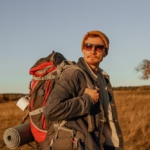
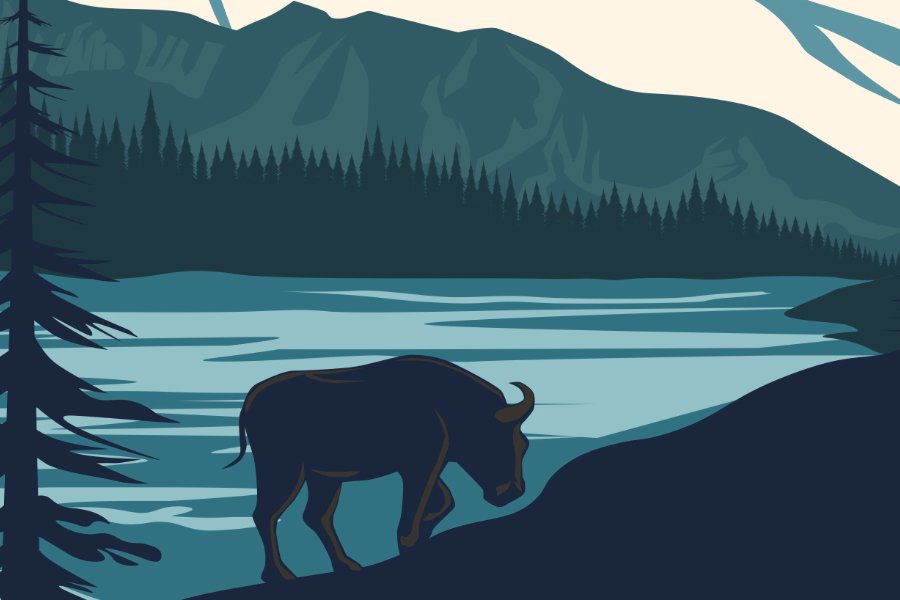
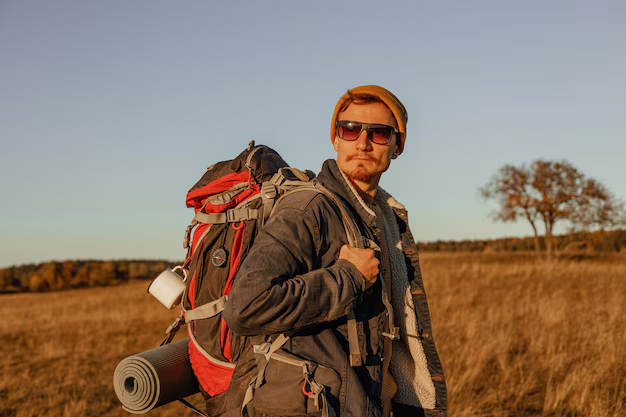



0 Comments